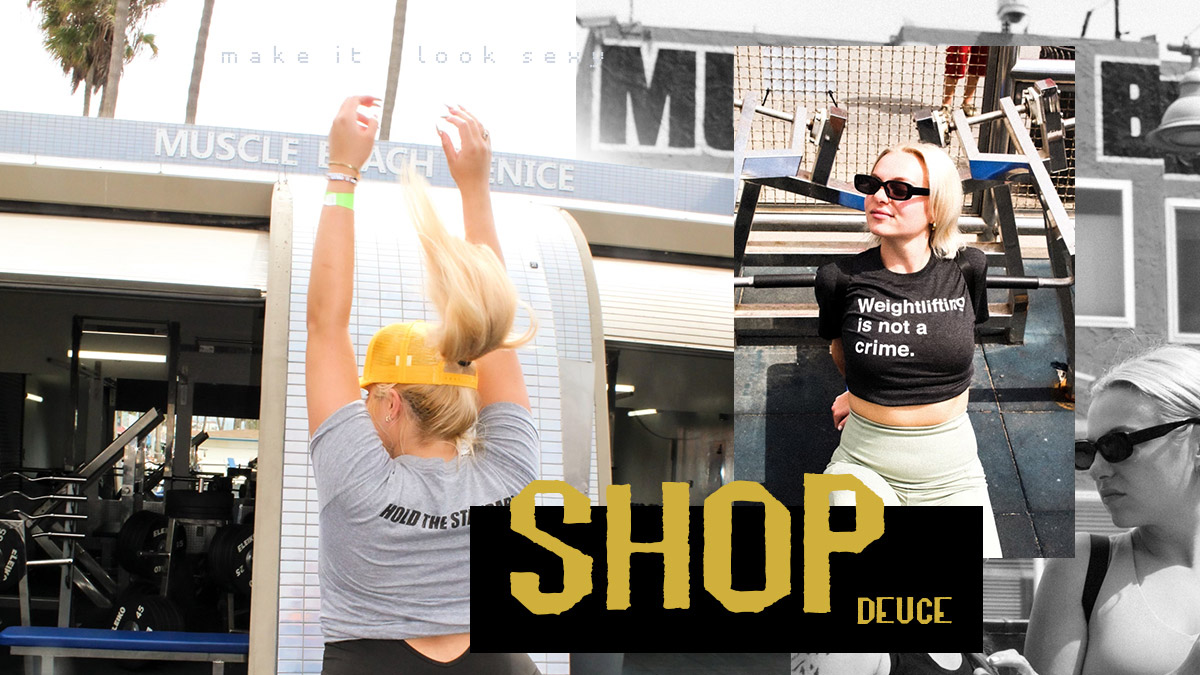
It’s often a contentious position to question any passionate group’s politics, religion, nutrition, and/or fitness regimen. Nonetheless, here we are. The ticket price for reading further is the willingness to hunt for nuisance and a beginner’s level capacity for patience. Without both, you’ll likely just be mad.
Here goes nothing.
One of the first best ways to 1) not get fit and 2) misunderstand the methodology of CrossFit is to simply perform the choreography of CrossFit. What is the “choreography of CrossFit,” you ask?
It’s doing all the right moves.
It’s simply to insure that you do handstands, power snatches, kipping pull ups, pistols, and use a liberal amount of chalk. Doing the choreography of CrossFit ensures that anyone driving by you at 45 MPH would look and say, “Hey… CrossFit gym!”
Now, before I continue down this path of what isn’t helpful about this approach. Let’s acknowledge some positives. Doing this choreography is fun. Sure, fun lives on a spectrum and it’s possible to make great training fun and poor training boring (and visa versa), but fun absolutely doesn’t mean it’s effective. Second, the choreography looks sick as all get out on social media, especially because your friends that don’t workout think those 10s are 45s. Beyond that, doing just the choreography of CrossFit most commonly misses the most core principles of training, namely the utility in expressing power, direct lines to intensity, and progressive overload.
Back to our regularly scheduled programming (no pun intended)..
CrossFit’s own definition of functional movement discourages training the “Choreography of CrossFit”.
If you read that last sentence again, you’ll realize that I actually love CrossFit’s methodology and that not even Greg Glassman himself thinks people will get fit by lightly loading all of the movements of your favorite Games athletes. Sometimes (dare I say most times), the bench press, floor press, push press, etc are far more functional than the handstand push up. The same is true for countless other pieces of choreography.
According to CrossFit, the essence of functional movement is its signature ability to move “large loads long distances quickly”. This beautifully elegant definition transcends methods when it comes to training efficacy and movement selection. It’s an incredible statement. What it’s saying is that the most functional, best-choice movement for any task at hand (which should be tethered to the intended outcome) is the one that allows us to express the most power (aka do the most measurable work).
NOTE: throw everything I’m saying out if the task (or intended outcome) is to look as though you’re definitely doing CrossFit.
By this definition, the movements that become core to the choreography of CrossFit (i.e. muscle up, snatch, pistol, handstand push up, etc) are functional when they can express more power than alternatives. Misunderstanding this is how folks slingshotting themselves over the bar for muscle ups stay in the same drill for a decade and how it takes 150,000 snatches that are too light to get same the results that boring ass squats, RDLs, sled pushes, and sprints can get in a quarter of the time.
This isn’t an argument against CrossFit. It’s an argument for a better execution of it.
Just the other day, I watched a 19-year old athlete at the gym perform three unbroken bar muscle ups… without being coached on technique… on his first try… without even knowing what the name of the movement was. Seeing that echoed this point to me again. This is because his training includes no pistols, snatches, handstand walks, or even muscle ups. Nonetheless, there he was doing the CrossFit equivalent of walking on water.
Here’s something to ponder…
I often share this mental experiment with young coaches to reinforce the importance of true functional movement in any program (albeit CrossFit or not).
Let’s take a young 18-year-old student named David. We clone him precisely, so there is David 1 and David 2. On his 18th birthday, we send David 1 to play football at LSU and their subsequent training program. On the same day, we send David 2 to a poorly executed GPP program that is most literally doing the choreography of CrossFit.
Keep in mind David 1 likely performed variations of between just 10-15 not-so-sexy movements (squat, power clean, RDL, hip ext, sprint, sled push, box jump, bent row, strict pull up, etc). David 2, on the other hand, likely performed three times the number of different movements and used much, much more chalk and rubber bands.
If we tested them four years later, what would we find? Who is stronger? Who is faster? Who has muscle-ups? And, why specifically does David 1 have muscle-ups, pistols, handstand push-ups, and every other fringe ability without ever trying them?
1/30/23 WOD
DEUCE ATHLETICS GPP
Complete 4 rounds for quality of:
8 Incline DB Bench Press
15 Weighted GHD Partner Hip Extension
Then, complete 4 rounds for time:
1 6th Street Hill Run
10 Pull Ups
20 Goblet Squats (62/44)
DEUCE GARAGE GPP
5-5-5-5
Eccentric Chin Up (40X3)
Complete 3 rounds for quality of:
10 1-Arm DB Bent Rows (ea)
15-20 Lat Pull Downs
Max Push Ups to Barbell
Then, complete the following for time:
80/60 Cal Row
80 Wall Balls (20/14)

